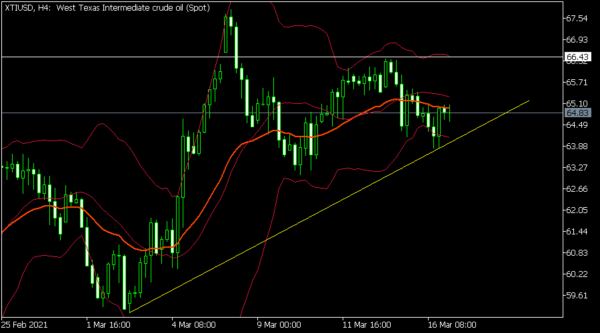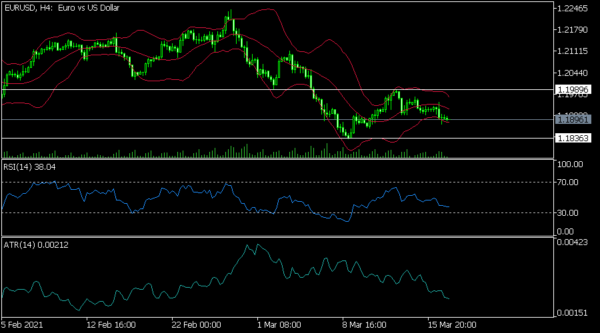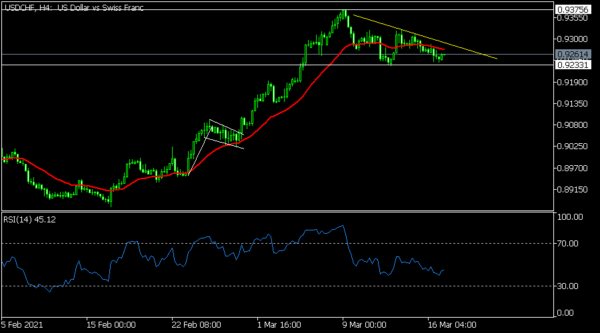The Japanese yen declined against the US dollar after relatively weak trade numbers. According to the statistics agency, Japan’s exports declined by 4.5% in February after rising 6.4% in the previous month. This was the first drop in three months and was partial because of weakness from the US and China. Imports rose by 11.4%, an improvement from the previous decline of 9.5%. This led to a trade surplus of more than 217 billion yen. These numbers came a day ahead of the BOJ interest rate decision.
The price of crude oil declined slightly during the Asian session even after better inventory numbers. According to the American Petroleum Institute (API), the total oil inventories declined by more than 1 million barrels last week. This was a surprise since analysts were expecting the inventories to rise by more than 2.7 million barrels after rising by 12 million barrels last week. The EIA will publish its latest figures later today. Brent is trading at $68.24 while the West Texas Intermediate (WTI) fell to 64.25.
The economic calendar will have several important events today. The most important will be the conclusion of the Federal Reserve’s two-day meeting during the American session. Economists expect the bank to leave interest rates and quantitative easing program unchanged. Analysts will focus on the press conference after the release. In the European Union, Eurostat will publish the latest consumer inflation data during the morning session. Further, we will receive the latest car sales numbers from across Europe and the Canadian inflation data.
XTI/USD
The XTI/USD declined slightly to 64.80, which is slightly below Monday’s high of 66.45. On the four-hour chart, the price is slightly above the ascending yellow trendline and is also along the 25-day exponential moving averages (EMA). The price is also between the lower and the middle lines of the Bollinger Bands. It will likely rebound later today as traders wait for the next key resistance at 65.50.
EUR/USD
The EUR/USD pair declined to 1.1896 ahead of the European Union’s inflation and US interest rate decision. On the four-hour chart, this price is slightly below last week’s high of 1.1990. It has moved to the lower line of the Bollinger Bands while the Relative Strength Index (RSI) and the Average True Range (ATR) have eased slightly. The pair may keep falling with the next key support being at 1.1836.
USD/CHF
The USD/CHF pair declined slightly to 0.9233. On the four-hour chart, the price has formed a descending triangle pattern, whose support is at 0.9233. It has also moved slightly below the 25-day simple moving average (SMA) while the Relative Strength Index (RSI) has declined from 87 to 44. In technical analysis, a descending triangle is usually a bearish sign. As such, there is a possibility that the price will break-out lower.
















